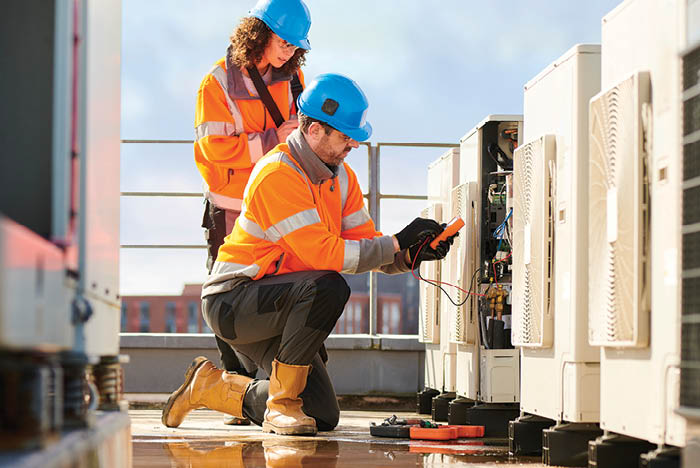Reliability Asset Management Series

Although reliability-centered maintenance (RCM) and reliability asset management (RAM) are tools that have been used in other commercial industries for decades, its foray into the health care field is much more recent. This seven-part series, which will be published every other week for 14 weeks, dives into how RCM and RAM can help push health care facilities operations to the next level of resiliency.
A journey toward reliability-centered maintenance
Is the health care field ready to embrace the benefits and challenges of reliability-centered maintenance?
Bringing reliability asset management to health care
Health care facilities managers are beginning to embrace this tried-and-true methodology used by many other high-risk fields.
Making the case for reliability asset management
How one facility transitioned from reactive mode to using preventive and predictive maintenance in daily operations.
Build better strategies to prevent team burnout
Getting ahead of a crisis using reliability-centered maintenance can be a key to ensuring staff time and talent are used effectively and efficiently.
Moving from calendar-based maintenance to a holistic approach
Reliability asset management provides the tools to better predict risk and help overcome some of health care’s most stubborn challenges.
The benefits of RCM at a systemwide level
For larger health care organizations, scaling reliability-centered maintenance systemwide results in greater alignment and efficiency
Establishing a data strategy for RCM
Before embarking on an RCM program there are a few key ingredients that must first be put into place
Related series: Reliability-centered maintenance
The term "reliability-centered maintenance" (RCM) may be unfamiliar to some, but chances are that many facilities managers are already using several asset-management tools integral to this concept and well on their way to a complete RCM strategy without yet realizing it. In this monthly three-part series, members of the American Society for Health Care Engineering will explore common tools used in health care facilities today and how they play a role in RCM.
Getting the most from meters and gauges
Leveraging performance monitoring systems already in place allows for a more labor- and cost-efficient maintenance program
How thermal imaging and RCM combine to increase reliability
Infrared scanning is a safe and effective tool for detecting equipment issues before they turn into larger problems.
Picking up on strange noises
Augmenting human senses with advanced technology can help to detect unusual noises and vibrations in equipment in order to prevent failure

